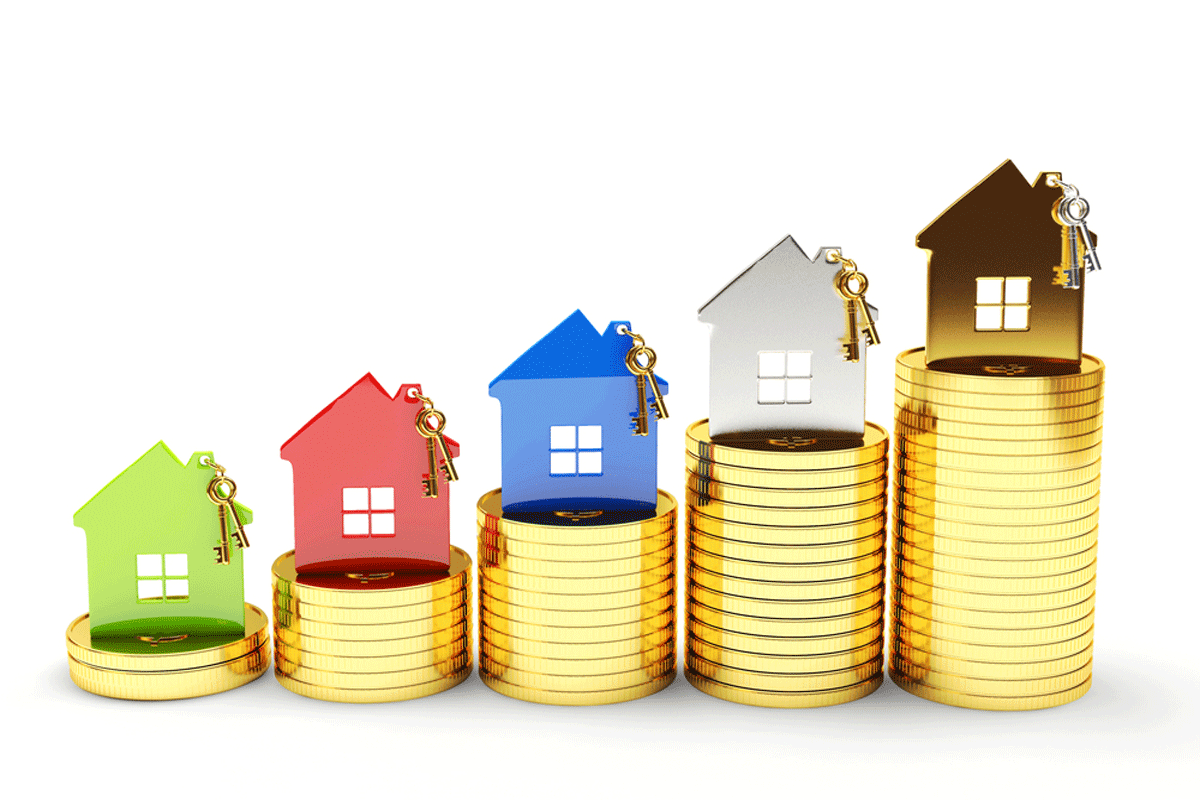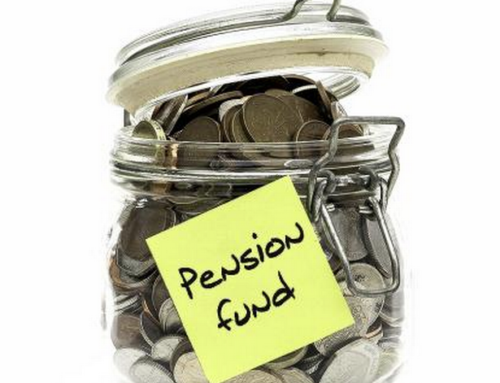
Research into the housing market throughout 2017 has revealed the areas of the UK where property prices increased and decreased the most last year. Cheltenham in Gloucestershire was the place where prices grew at the fastest pace, with the average price of £313,150 marking a 13% rise – nearly five times the UK average increase of 2.7%. At the other end of the scale was the Scottish town of Perth, where prices dropped by 5.3% to make the average property price tag £180,687.
The places which saw the biggest growth were in southern England, with Bournemouth and Brighton coming in second and third place with rises of 11.7% and 11.4% respectively. At the other end of the scale, Scotland, Yorkshire and the Humber were the areas where the biggest falls were seen. The second-biggest fall in house prices was seen in Stoke-on-Trent (4%), with Paisley in third position (3.6%).
Fifteen out of the top twenty areas for house price increases are located in London and southern England. This is in spite of the capital overall seeing its average house price fall by 0.5%, thanks to the economy slowing down and consumers continuing to feel the effects following the Brexit vote of 2016.
The outlook for the year ahead offers little reprieve: many in the property sector, including the Royal Institution of Chartered Surveyors, predict that the market in 2018 will, for the most part, remain flat, with some expecting property price growth to slow even further. Whilst this would be good news for those looking to take their first steps onto the property ladder, it’s more worrying news for people hoping to invest in the market.
It’s expected that the story will differ geographically, but property portal Rightmove has also predicted that different property types are likely to grow at different rates. They have forecast prices for homes with two bedrooms or fewer will rise by 3%, whilst three and four-bedroom homes will see growth of only 2%.





